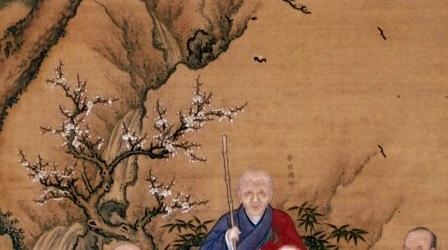Japanese Buddhism
Subscribe to this topic via: RSS
Caution! Under Construction
Please be aware that this tag is still under construction and as such is missing information and may be changed or removed at any time. For all the content under consideration for this tag, see the “Japanese Buddhism” folder on Google Drive.
Table of Contents
Books (1)
Readings (19)
Featured:
-
⭐ Recommended
There is little in Kapleau’s book to suggest that his teachers were anything but respected members of orthodox Zen monastic orders. Yet such was not the case, for in 1954 Yasutani Hakuun 安谷白雲 (1885-1973), the Zen priest whose teachings are featured in The Three Pillars of Zen, severed his formal ties to the Soto school in order to establish an independent Zen organization called the Sanbokyodan 三宝教団, or “Three Treasures Association.”
-
⭐ Recommended
Insisting that cremation was sanitary and that it also saved grave space while facilitating- ancestor worship, cremation supporters appropriated state-sanctioned values and aims to win repeal of the ban only two years after it went into effect. Ironically, the end result of the ban was a widely accepted rationale for cremation, which was transformed from a minority practice into a majority one. By the end of the twentieth century, cremation had become the fate of nearly every Japanese.
-
… unlike other Buddhist traditions based on teachings contained in one or more Buddhist sūtras, the Zen school validates itself on the basis of being “a transmission outside the sutras” (kyōge betsuden). That is to say, a transmission of the Buddha-dharma from the enlightened mind of a Zen master to his/her disciple(s). But what happens in those cases when the “enlightened master” isn’t truly enlightened?
-
Victoria is probably right in asserting that Makiguchi was not exactly the anti-war zealot described by the Soka Gakkai today, but Victoria misreads and misinterprets Makiguchi’s writing in his mistaken portrait of him as a pro-militarist figure.
See also:
Audio/Video (6)
Featured:
See also:

